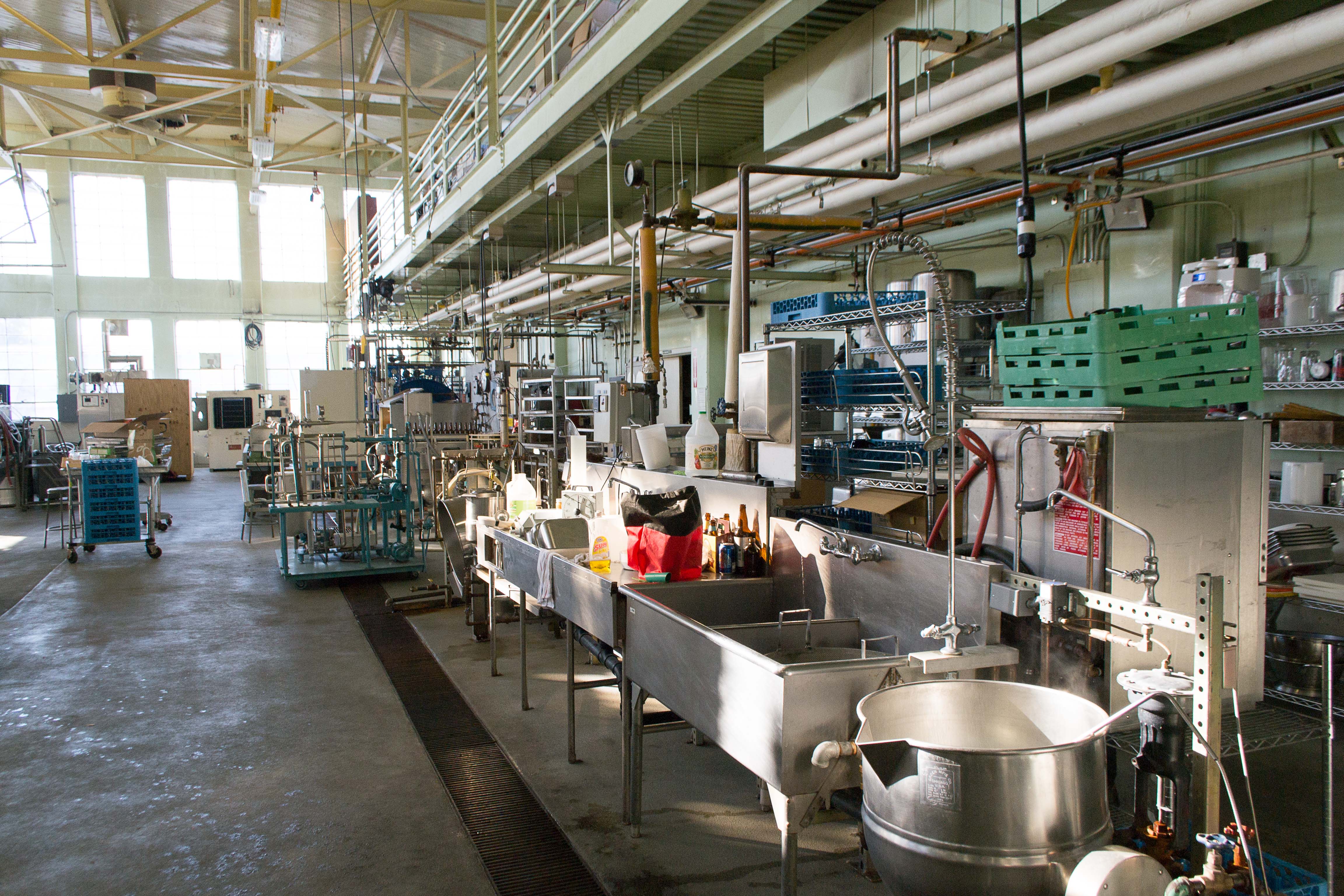
Photo from academic.microsoft.com
The interrelationships between flour quality and the variability in the dough physical properties and bread loaf characteristics were investigated under reduced salt conditions using partial least squares (PLS) regression analysis.… Click to show full abstract
The interrelationships between flour quality and the variability in the dough physical properties and bread loaf characteristics were investigated under reduced salt conditions using partial least squares (PLS) regression analysis. Seventy-two percent of the variability in dough physical properties was explained by the flour quality using a three-factor PLS model. Damaged starch content (DS), protein content, and farinograph dough development time (DDT) explained the variability of dough creep-recovery behavior along PLS-1. Farinograph absorption (FAB), located along PLS-2, was strongly related to dough adhesiveness, in which adhesiveness was highly correlated to dough stickiness (r = 0.91). Eighty-nine percent of the variability in bread loaf characteristics was explained by the flour quality using a four-factor PLS model; the first two PLS factors explained 66% of the variability. The loaf volume was related to a high number of loaf cells, whose expansion resulted in a greater loaf height. The relation ...
Journal Title: Cereal Chemistry
Year Published: 2017
Link to full text (if available)
Share on Social Media: Sign Up to like & get
recommendations!